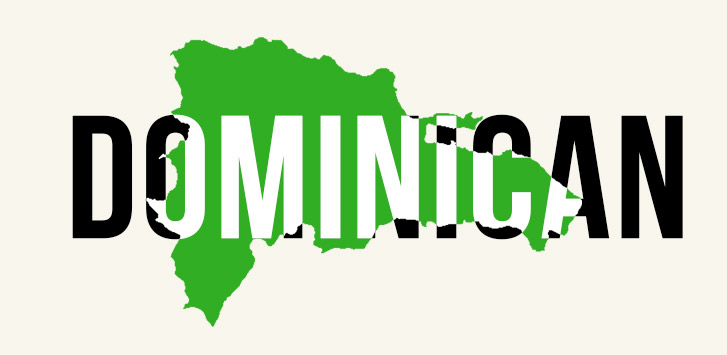
Neighbor to Haiti, the Dominican Republic shares a complicated colonial history with its neighbor and each country reflects the strange path history had laid for them and played an important role in how coffee began to be grown on the second largest island in the Caribbean.
While the gulf of history separates these countries, Dominican coffee, like its Haitian and Jamaican brothers, is characterized by its sweet flavor notes, creamy body, and overall smoothness found in other Caribbean coffees. But just what exactly makes Dominican coffee beans different from the rest? Let us dive into learning more about just what separates this coffee bean from its close family members.
History
Like we briefly touched upon, the Dominican Republic and Haiti call the same landmass home, but through historical chance, accident, and fate became two different entities due to colonial powers. The island was named Hispanola and became the site of one of the earliest European settlements in the “New World” after Columbus’s voyage from Spain.
After 1492, the town of La Navidad was established and soon the native people, the Taino and the Arawak, were enslaved by the Spanish to mine for gold for the Spanish crown and farm for the incoming waves of colonists.
Disease and the intentionally harsh conditions of the “encomienda” system nearly wiped out the native populations. For example, by 1514, an accounting of the native people just totaled 26,334 from the original 400,000 estimated from Pre-Columbian contact. This decline in an indigenous captive slave labor force led to the importation of African slaves to work the growing farming estates and precious metal mines of the island only a decade later in 1503.
The island’s Spanish population grew slowly but surely as greater European colonization of the Americas occurred as the Dutch, English, and French all began to lay claim to any scrape of land. However, increasing pirate raids led Phillip the 3rd, the Spanish king, to decree colonists move close to Santo Domingo, the largest city on the island, to avoid conflict in 1606
By 1665, French colonization of the island was recognized by the French King, Louis the XIV, and in 1697 the Treat of Rywick formally ceded the western half of the island from the Spanish to France (thus beginning the colony Saint Domingue which later became Haiti).
With the native population decimated, colonial intrigue quashed, and a steady supply of African slaves been sent to the island to mine the precious metals and farms, the Spanish began to grow other cash crops on the island like tobacco and sugar while coffee quietly snuck its way onto the island.
Coffee is generally thought to have been imported to the island around the 18th century, however, the exact dates are unknown. Due to this, an apocryphal tale has been floated for some time. The tale is that Spanish colonists from the nearby colony of Martinique first brought beans over for cultivation in 1715.
Like Haiti, the Spanish built large “haciendas” or estates for growing cash crops like sugarcane and tobacco, however, coffee was generally relegated to the realm of small-scale colonists. It was only in 1872 that coffee production reached a scale at which the beans could begin to be exported to a world market.
Interestingly, unlike other Caribbean countries which generally export most of their coffee, the Dominican Republic has a high rate of domestic coffee consumption resulting in only 20% of the coffee grown in the DR finding its way out in the larger world, while 80% is internally
consumed. This breaks to each citizen consuming nearly 7 pounds of coffee a year!
Flavor Profile
Giving the breadth of the growing regions for the country, differing areas have different flavors. Commonly, more north coffee in the Dominican Republic is found to be more earthy with notes of chocolate, nuts, and berries while southern growing regions produce coffee beans that point to citrus or stone fruits with more floral aromatics.
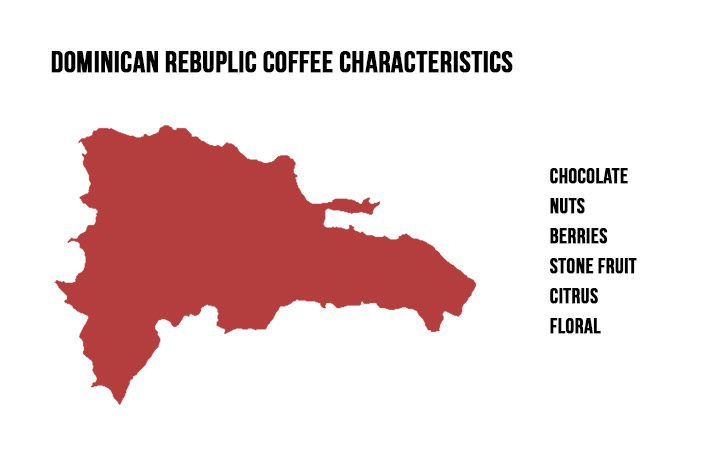
However, while this difference can be found between north and south, overall Dominican coffee beans tend to be more balanced and cleaner when compared to other Caribbean coffee like Jamaican beans or Haitian beans. In a sense, Dominican coffee is almost closer to Central American coffee in this sense.
All this being said, the majority of coffee grown in the Dominican Republic is arabica (usually of the caturra or typica variety) and is wet-processed. However, once can find Robusta beans to be grown as well as honey processing to occur as well.
Coffee grown in the Dominican Republic tends to be grown organically and in small batches given the country’s history with small farmers growing the crop as opposed to large plantations like its sister country of Haiti. Unfortunately, most of these beans are not certified organic, but could easily pass for such.
Coffee Growing Regions
The Dominican Republic is home to many microclimates, however, generally, coffee production occurs year-round in one place or another in the country given its general tropical climate. Additionally, the peak harvest time is traditionally considered to fall from November to May.
Generally, there are six traditional regions spread across four different mountain ranges (after all, the Dominican Republic shares the same island as Haiti). These mountain ranges are between 2,000 to 5,000 meters above sea level which creates what is called “strictly high grown”. Coffee grown in higher elevations tend to be an overall denser bean that grows a bit more slowly than coffee grown in lower altitudes.
All these regions are divided between north and south which often lends an overarching flavor profile that we will touch upon later in this article. However, you can find our breakdown of each region specifically below
Cibao
The Cibao valley, more often called El Cibao, can be found in the northern part of the country. The valley itself is part of the Cordillera Mountain range. The high-quality coffee grown here is known for its low acidity while still possess a full body that holds earthy and nutty flavor notes.
Bani
The southern region of Bani finds its coffee growing alongside bananas due to its heavy rainfall. Coffee from this region has been most compared to Haitian coffee. Coffee grown in this region has also been known to be mellow.
Azua
Azua is in the southern part of the country and the coffee beans here are grown alongside other cash crops. While southern grown coffee in the DR is usually known for fruit-like flavors, Azua is notorious to possess the most fruit-like flavors of all the southern coffee regions in the Dominican Republic.
Ocoa
The growing region is also in the south and like Bani-grown coffee, the coffee from here is most similar to Haitian coffee, however where Bani-grown coffee is mellow, Ocoa coffee is surprisingly robust
Barahona
The southwestern region of Barahona is held in the highest regard for its out of all coffee grown. The coffee has been compared closely to Jamaican coffees in terms of quality as well.
Juncalito
Sitting in the center of the Dominican Republic, coffee from this region is notable for its tropical fruit-like flavor and is grown high in the mountains in a rather temperate microclimate.
Roasting and Brewing Suggestions
While Jamaican and Haitian coffees tend to prefer medium-dark to dark roasts, Dominican coffee beans are unique (and another reason why they have been compared to Central American beans) in the fact they can take to any roast level quite well.
Given the range of flavor profiles that differ region to region, depending on where your beans are sourced from should help guide you to an appropriate brewing method.
Our selection of Dominican beans is all sourced from Ramirez estate which lies in the center of the country. The Ramirez estate continually aims to improve its processes and the lives of its workers. Employing over 400 people with 40% percent of the workers being women and many of them are Haitian migrant workers.
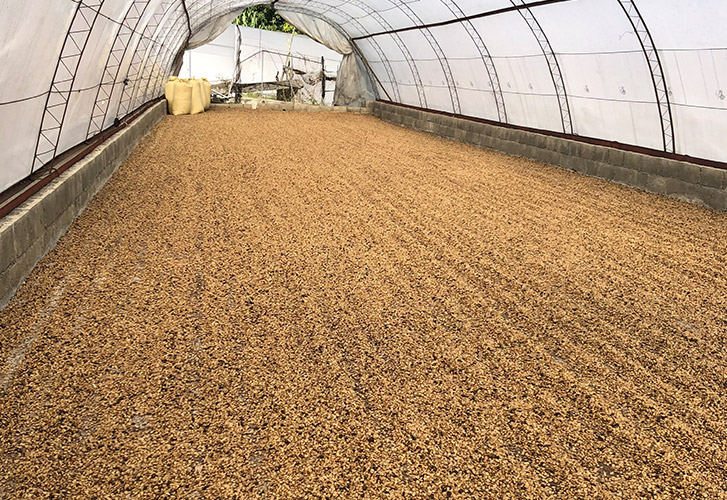

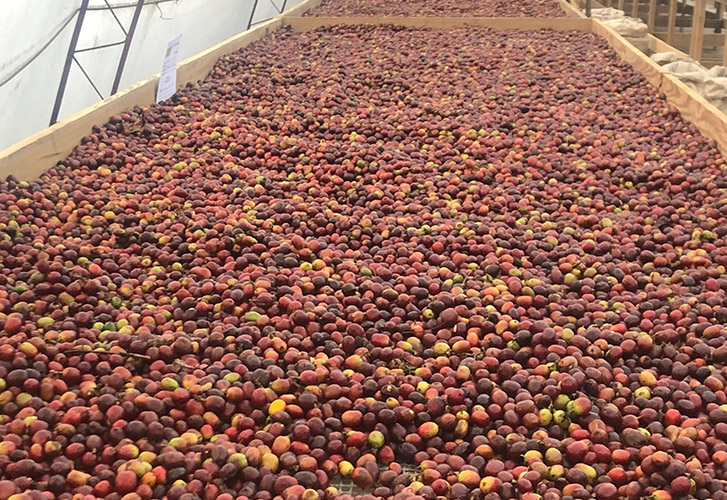
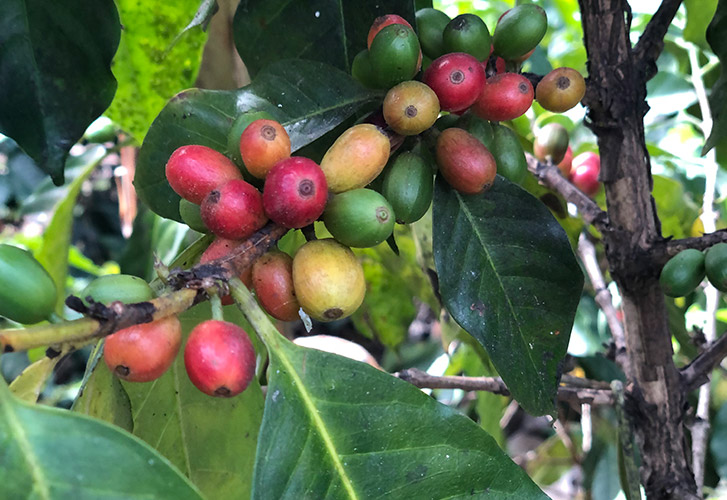

The Ramirez estate employees are also paid almost 300% higher wages than the Fair-Trade standard, and the Estate uses a sizable portion of their profits to create sustainable gas recycling (to reduce emissions), water filtration (to prevent river contamination), and to donate computers and books to many of the local schools.
Each of our offerings are processed differently which brings forth differing flavor notes. However, they cup with chocolate, nuts, and vanilla and tend to take to medium to dark roasts quite well. Because of this we recommend going with a few different brewing methods occurring to your preference. Automatic drip brewers, French press, espresso, and even an AeroPress are all appropriate brewing methods that will further enhance the earthy and chocolatey undertones.
Try Our Selections
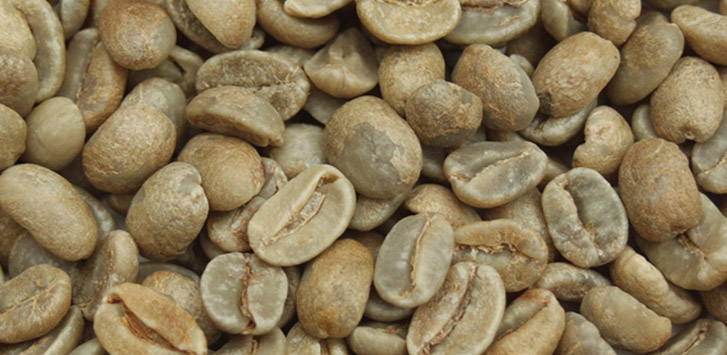
• Dominican Republic Organic Ramirez Honey Process
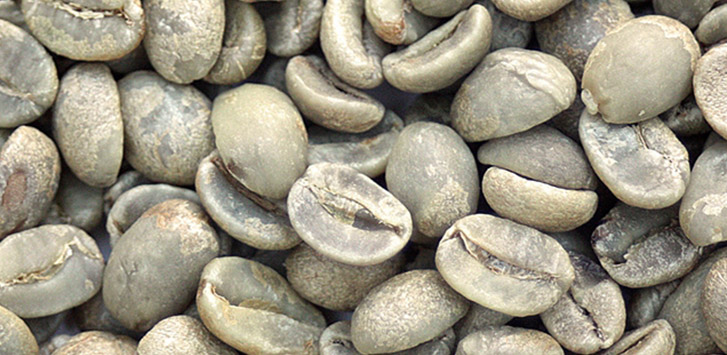
• Dominican Republic Organic Ramirez Natural
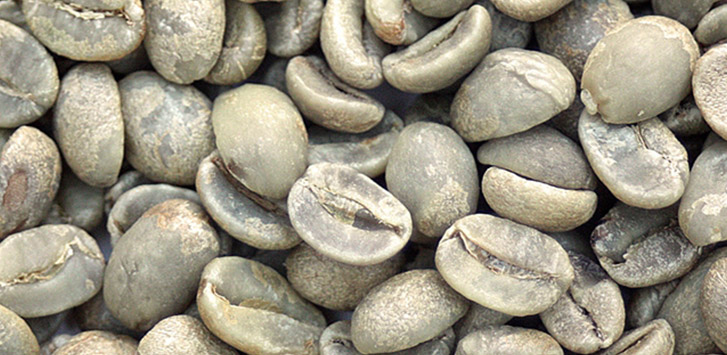
• Dominican Republic Organic Ramirez Washed
If you enjoy our Caribbean selections like Jamaican Blue Mountain coffee and our Haitian beans or if you’re a Central American lover, you’ll be sure to enjoy the well-rounded and nicely balanced range of Dominican Republic coffee beans. With a breadth of flavor notes that run the gamut from earthy chocolate to floral and citrus-y that take to almost every roast level, Dominican coffee is sure to delight the coffee snob and newbie alike!